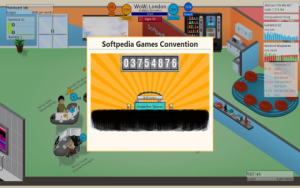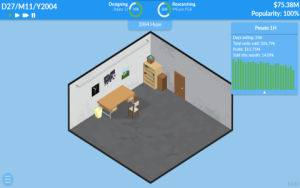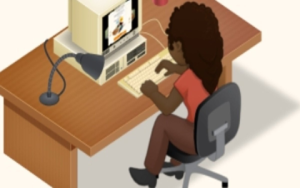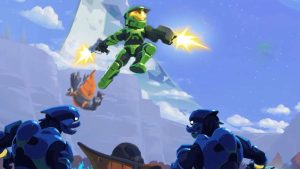game dev studio hardware
Alright, so I decided to finally get my act together and set up a proper workspace for my game dev stuff. For ages, I’d been working off my old, trusty laptop, but it was starting to show its age – especially when I started messing around with more complex scenes and bigger projects. So, I figured it was time for an upgrade, and man, what a journey it’s been!
Brainstorming and Picking Parts
First things first, I had to figure out what I actually needed. I’m not made of money, so I couldn’t just go wild and buy the most expensive everything. I spent a good few days just reading reviews, watching videos, and basically drowning in a sea of specs. I jotted down a bunch of notes, comparing processors, graphics cards, RAM – you name it.
I decided to go with a desktop PC, because I wanted something I can upgrade in the future. Portability is not my main need, so I can assemble powerful PC.
After much deliberating, I settled on a decent mid-range build. I went for a Ryzen 5 processor – seemed like a good balance of power and price. For the graphics card, I snagged an RTX 3060. It wasn’t the absolute top-of-the-line, but it was definitely a huge step up from my laptop’s integrated graphics. I also made sure to get 32GB of RAM, figuring that would be enough to handle pretty much anything I threw at it.
Then there was the storage. I knew I wanted an SSD for speed, so I got a 1TB NVMe drive for my operating system and games. And for all my project files, assets, and backups, I added a 2TB hard drive. Better to have too much space than not enough, right?
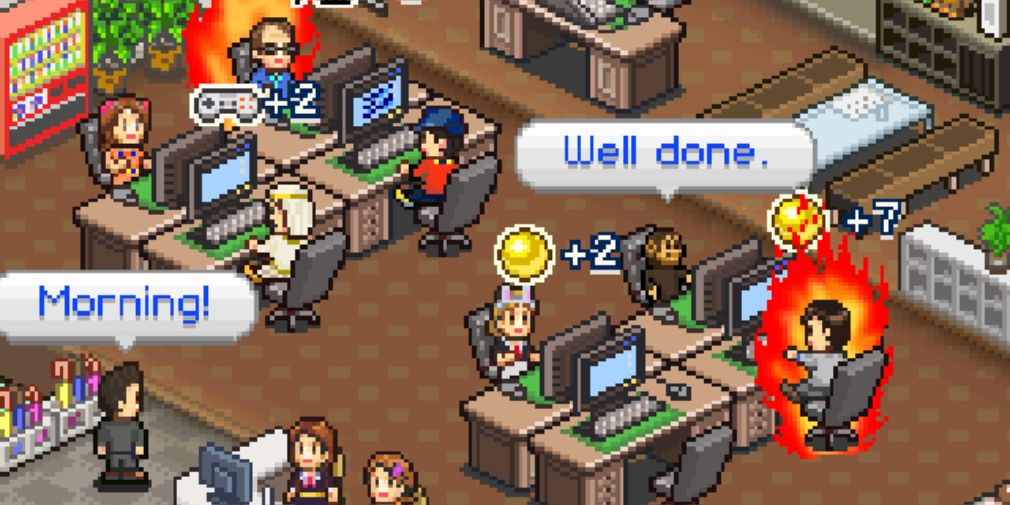
The Build!
Getting all the parts was like Christmas morning! I cleared off my desk, laid out all the boxes, and got to work. I’d built a PC once before, years ago, so I wasn’t totally clueless, but it was still a bit nerve-wracking. I carefully followed a build guide video, double-checking every connection and screw.
It took me the better part of a day, but I finally got it all assembled. Plugging in the power cord and hitting that power button for the first time… that was a moment! Thankfully, everything booted up perfectly. No weird noises, no error messages – just the sweet, sweet sound of fans whirring and the glow of the monitor coming to life.
Setting Up the Software
Hardware was only half the battle. Next up was getting all my software installed and configured. I installed my game engine of choice, downloaded all my asset packs, and set up my version control system. This part was pretty straightforward, just time-consuming. It’s amazing how much stuff you accumulate over the years!
The Result (So Far!)
It’s been a few weeks now since I finished the build, and I’m loving it. My projects load so much faster, and I can finally work with complex scenes without my computer chugging along like a dying train. The extra screen real estate from my new monitor is a godsend, too. I can have my game engine, code editor, and reference materials all open at once without feeling cramped.
- CPU: Ryzen 5 (I forget the exact number, but its good)
- GPU: RTX 3060
- RAM: 32GB DDR4
- Storage: 1TB NVMe SSD + 2TB HDD
- Monitor: Some 27-inch thing.
Honestly, the best part is just the feeling of having a dedicated space for my game dev work. It’s made me more motivated and organized. Before, I was always juggling things on my laptop, trying to work wherever I could find a spot. Now, I have a proper battle station! Still a lot to setup and adjust, but it’s already been a huge improvement!
